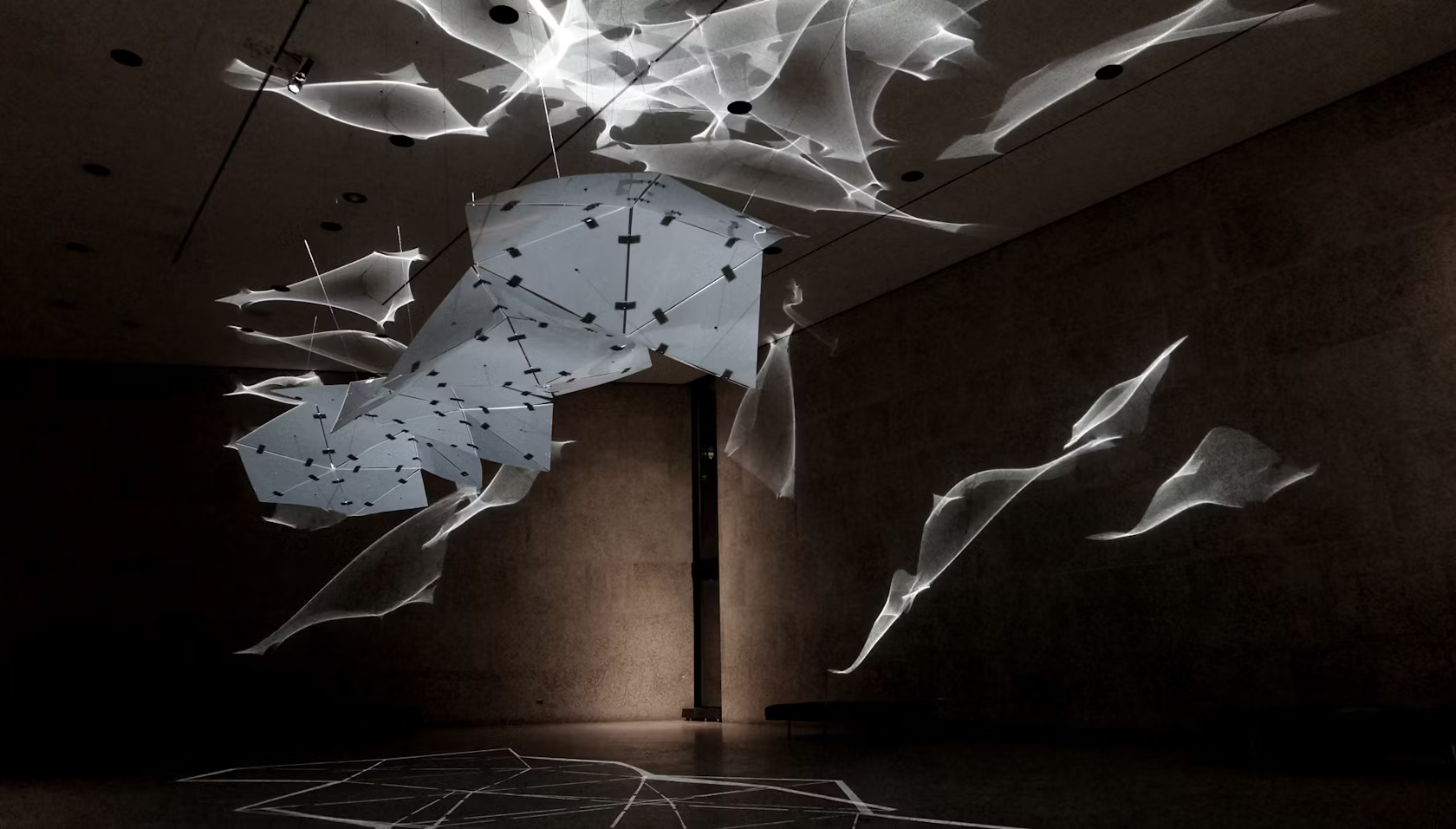Modern art shows have evolved to emphasize visitor engagement, with interactive installations taking center stage. These immersive experiences invite audiences to become active participants rather than passive observers. By blending art with technology, sound, and physical interaction, these installations redefine how we experience art, leaving a lasting impression on visitors.

What Are Interactive Installations?
Interactive installations are art pieces designed to engage the viewer physically, emotionally, or intellectually.
- Dynamic Engagement: They respond to touch, movement, or sound, making each visitor’s experience unique.
- Technological Integration: Many installations incorporate digital elements like sensors, augmented reality, or projections to enhance interaction.
- Purposeful Interactivity: These works often aim to evoke thought, encourage collaboration, or convey complex themes more effectively.
The Role of Technology in Interactive Installations
Advancements in technology have expanded the possibilities for interactivity in art.
- Augmented and Virtual Reality: These technologies create layered experiences, transporting viewers to digital realms while engaging with physical spaces.
- Motion Sensors and Cameras: These tools track movements, enabling artworks to adapt dynamically to audience actions.
- Projection Mapping: By projecting images onto irregular surfaces, artists can transform spaces into immersive environments.
Popular Themes in Interactive Installations
Interactive art installations often explore a variety of compelling themes.
- Environmental Awareness: Many installations encourage participants to reflect on issues like climate change or sustainability.
- Cultural Heritage: Artists use interactive mediums to celebrate traditions, stories, and shared histories in engaging ways.
- Social Commentary: These works provoke dialogue on societal issues, creating a platform for discussion and awareness.
Examples of Renowned Interactive Installations
Several installations have gained international acclaim for their innovation and impact.
- “Rain Room” by Random International: This installation allows visitors to walk through a simulated rainstorm without getting wet, using motion sensors to halt the water where they move.
- “The Obliteration Room” by Yayoi Kusama: Visitors apply colorful stickers to a white room, transforming it into a kaleidoscope of shared creativity.
- “TeamLab Borderless”: This digital art museum features installations that respond to visitor movement, creating ever-changing environments.
The Impact on Modern Art Shows
Interactive installations have revolutionized how audiences perceive and engage with art.
- Enhanced Visitor Experience: These installations turn passive viewers into active participants, fostering deeper connections with the artwork.
- Broader Audience Appeal: The novelty and accessibility of interactivity attract a wider demographic, including those less familiar with traditional art forms.
- Increased Cultural Dialogue: Interactive works often serve as catalysts for conversation, encouraging collective reflection and discussion.
Challenges in Creating Interactive Installations
While captivating, these installations present unique challenges for artists and curators.
- Technical Complexity: Integrating technology requires expertise and significant resources.
- Maintenance and Durability: Ensuring the reliability of interactive components, especially in high-traffic exhibits, can be challenging.
- Balancing Artistry and Functionality: Artists must strike a balance between the aesthetic value of their work and its interactive capabilities.
Interactive Art in Virtual Spaces
The rise of virtual art exhibitions has opened new avenues for interactive installations.
- Online Interaction: Web-based platforms enable users to manipulate digital artworks remotely, fostering global participation.
- Hybrid Experiences: Some exhibitions combine physical installations with virtual elements, offering layered engagement opportunities.
- Accessibility and Inclusion: Virtual formats make interactive art accessible to those unable to attend in person, broadening the audience base.
Conclusion
Interactive installations represent a transformative force in modern art shows, merging creativity with technology to redefine artistic expression. They offer unparalleled engagement opportunities, bringing visitors closer to the art while addressing pressing themes. As technology continues to advance, interactive installations will likely play an even more significant role in shaping the future of art.

